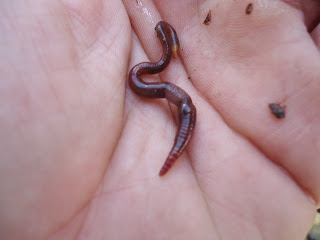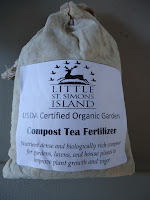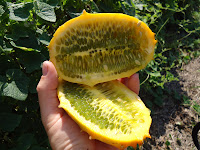This blog entry comes with an invitation to it's readers to write in and share sources of knowledge and inspiration you are growing with to be added to the resource pages of this blog.
Here begins my list of reading and explorations to properly set my roots for the season ahead:
Books
The Seed Underground; A growing Revolution to Save Food by the inspirational writer and local farmer Janisse Ray.
A Georgia Food Forest by Permiculturist Cynthia Dill. An incredible perennial crops and permiculture gardening guide for Southeast GA, and beyond.
Teaming with Microbes By Jeff Lowenfels and Wayne Lewis. The Organic Gardener's Guide to the Soil Food Web. An excellent resource for understanding that delicate system of life beneath our feet on which all life stands.
The Soul of the Soil by Grace Gershuny and Joe Smillie. A soil building guide for master gardeners and farmers.
Citrus Fruit for Southern and Coastal Georgia. A UGA publication. Winter and early spring are a great time to get new citrus trees planted for years and years of Vitamin C!
Regional Conferences to put on your calendar for 2013
The South Georgia Growing Local & Sustainable Conference
Reidsville, Georgia
January 26, 2013
http://southgeorgialocalfoodnetwork.ning.com/
Georgia Organics Annual Conference
Atlanta, GA
Feb. 22-23, 2013
http://georgiaorganics.org/conference/
Southern Sawg Annual Farming Conference
Little Rock, Arkansas
Jan. 23-26, 2013
http://www.ssawg.org/january-2013-conference/
North Carolina State University, Department of Bio & Ag Engineering, Annual Vermiculture Conference.
For all the Wormers out there sitting at the edge of their seats like I am for more knowledge on the Vermicomposting this is one to watch for next fall! I was thrilled for the opportunity to attend the Nov. 2012 conference in Chapel Hill, NC with all the leading industry professionals, university researchers, and vermicomposters from around the world. Professor Sherman's website is a great resource to explore for vermicomposting technology.
http://www.bae.ncsu.edu/workshops/worm_conference/
Great Seed Catalogs
Baker Creek Heirloom Seeds www.rareseeds.com
Southern Exposure Seed Exchange www.SouthernExposure.com
Johnny's Selected Seeds www.Johnnyseeds.com
The Potato Garden www.potatogarden.com
"A garden is a grand teacher. It teaches patience and careful watchfulness; it teaches industry and thrift; above all it teaches entire trust." Gertrude Jekyll.
May Inspiration Bloom




















